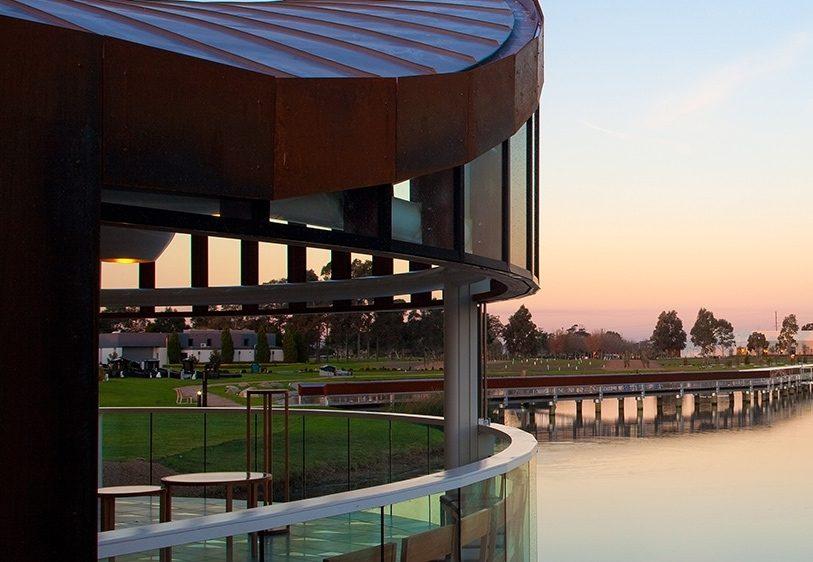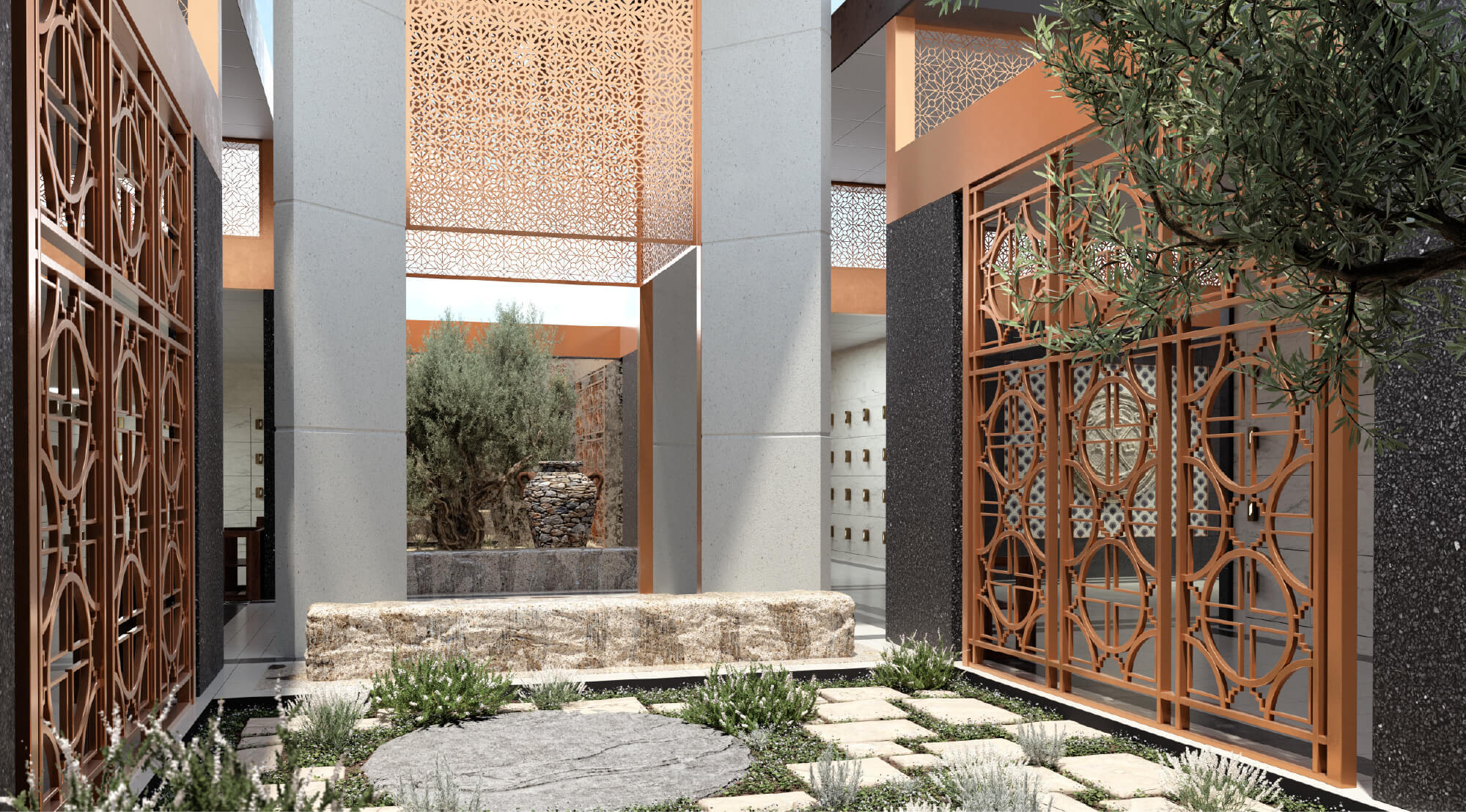Arborists 'branch out' at the cemetery

Many people are surprised to learn the role cemeteries play as places of environmental significance. Plant and animal species rely on these ‘pockets of nature’ within our urban landscapes. Of particular importance, are the multitude of trees, some of them over a century old, that provide shelter and food for many living things. The ongoing care provided to the trees within the grounds goes beyond maintaining aesthetics and into providing a balanced and healthy environment for all.
One of the key programs operating out of Springvale Botanical Cemetery (SBC) ensures that our incumbent arborists, and students from Holmesglen TAFE, have a world-class training ground to practise their arboriculture skills on.
Here’s what Kiah Martin, Educational Services Consultant from Holmesglen TAFE, had to say about how the Certificate III (Arboriculture) students are benefiting from utilising 160-plus hectares at SBC as part of their training.

Can you describe the training provided to the students in the Arboriculture program at Holmesglen?
Training in our Certificate III in Arboriculture program encompasses trimming and cross cutting trees (on the ground) and felling trees of all sizes. In addition, it includes identifying and inspecting, climbing, pruning, cabling and bracing, and removing trees with and without aerial rigging. We also perform aerial rescues on a 'casualty' not able to descend the tree without assistance. Also incorporated are the all-encompassing OHS and first aid areas and development of maintenance programs for established trees.

How does Springvale Botanical Cemetery feature in the training program?
The Certificate III in Arboriculture require ongoing assessment across a broad range of trees and environments. We jump at every opportunity to assist with tree works at SBC as this exposes our students to the interesting and challenging jobs that working in a cemetery provides.
How long have the students at Holmesglen been attending training at Springvale Botanical Cemetery?
Since our first ever group, the 'Ratbags' was enrolled during 2013. Each cohort has a unique name that reflects the overall character of group. In this case, it was the Ratbags who started us off at SBC and we’ve continued happily ever since.
What do you see as the greatest benefits to the students in gaining experience within a cemetery locale?
SBC offers a unique experience for our students due to the extensive and varied ‘overstorey’ (tall) vegetation.

How do the students react when they realise they will be working within a cemetery?
Some students are familiar with SBC through having family interred here or attending services, whilst for others the practical school sessions are their first exposure to the grounds. Most students are simply in awe of the scope and magnificence of the resource they have at their disposal.
Are there any specific learning opportunities that are unique to a cemetery environment?
The main difference I witness is that if students are engaged by families on site, their response tends to be more thoughtful, subdued and respectful and if we are working with machinery and equipment, we cease noisy work if a service is occurring nearby. The attitude of the staff at SBC to care for the families here rubs off on the students too.
Alongside the learning opportunities, we feel very fortunate to have the ongoing support and assistance of the SBC Arboricultural staff and the enthusiastic encouragement from the corporate team at SMCT. It’s an association that’s provided many benefits to the students and long may it continue.

Can you describe a little bit about your background in the Arboriculture profession?
I have been working in the Arboriculture industry since 1992 and have many and varied roles throughout my career. I have many awards for climbing at a State, National and International level (VTIO, ISAAC, AA, ISA) and have represented the industry at these levels too.
And lastly, we’ve been told about your four-legged workmate who ‘supervises’ you wherever you go…how does she like the cemetery?
My little four-legged friend's name is Scampy and she is nearly 14 years old and completely blind. Leaving her at home is not ideal so I take her with me on most work sites. She loves the atmosphere at the cemetery, particularly the large lawn areas, but she often just lays down in the shade of one of the many beautiful trees and keeps the students in check. She loves her role and interacting periodically with the group, which makes her a terrific little mascot.

Are you a tree aficionado? Or can't tell a gum from a grevillea? Whatever your expertise, or lack of, come to one of our 'Tree Walk & Talk' sessions held monthly during Spring at the Centre for Care and Wellbeing, Springvale Botanical Cemetery. Our professional arborist will answer all your questions amidst a backdrop of stunning botanicals. Contact the Centre on (03) 8772 6111 or email care@smct.org.au for further information.
If you still need a little convincing, our ‘Looking for a different day out’ blog, will do the trick.





